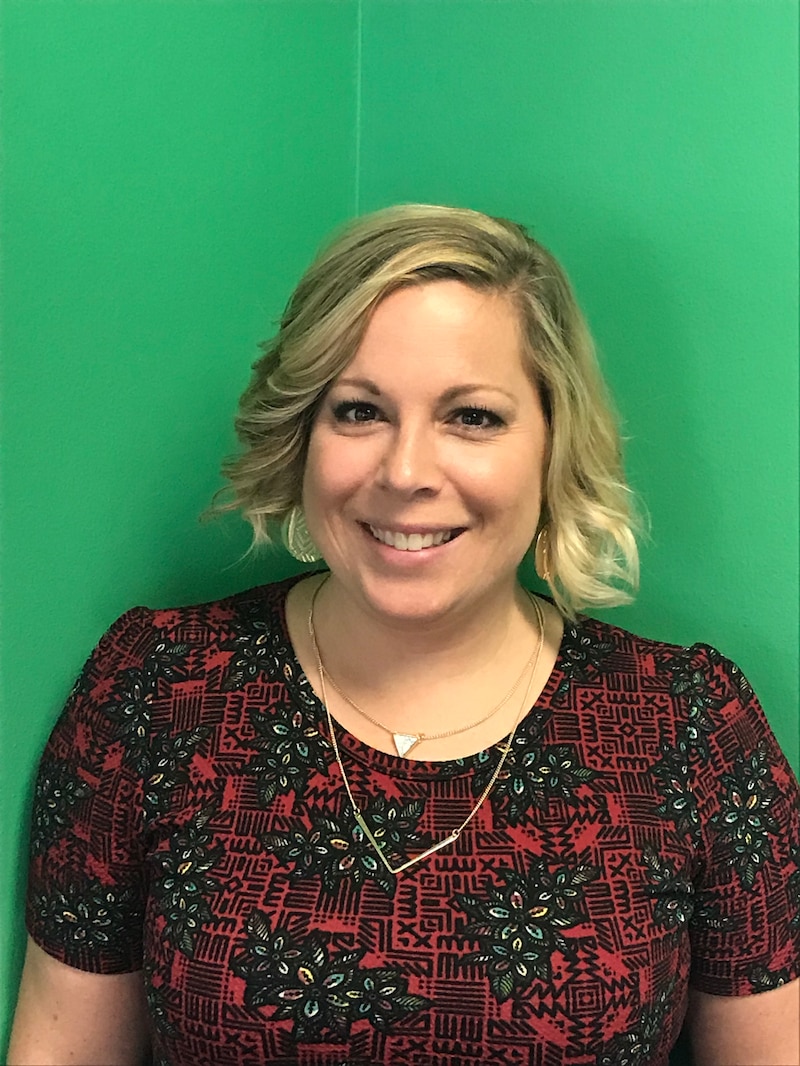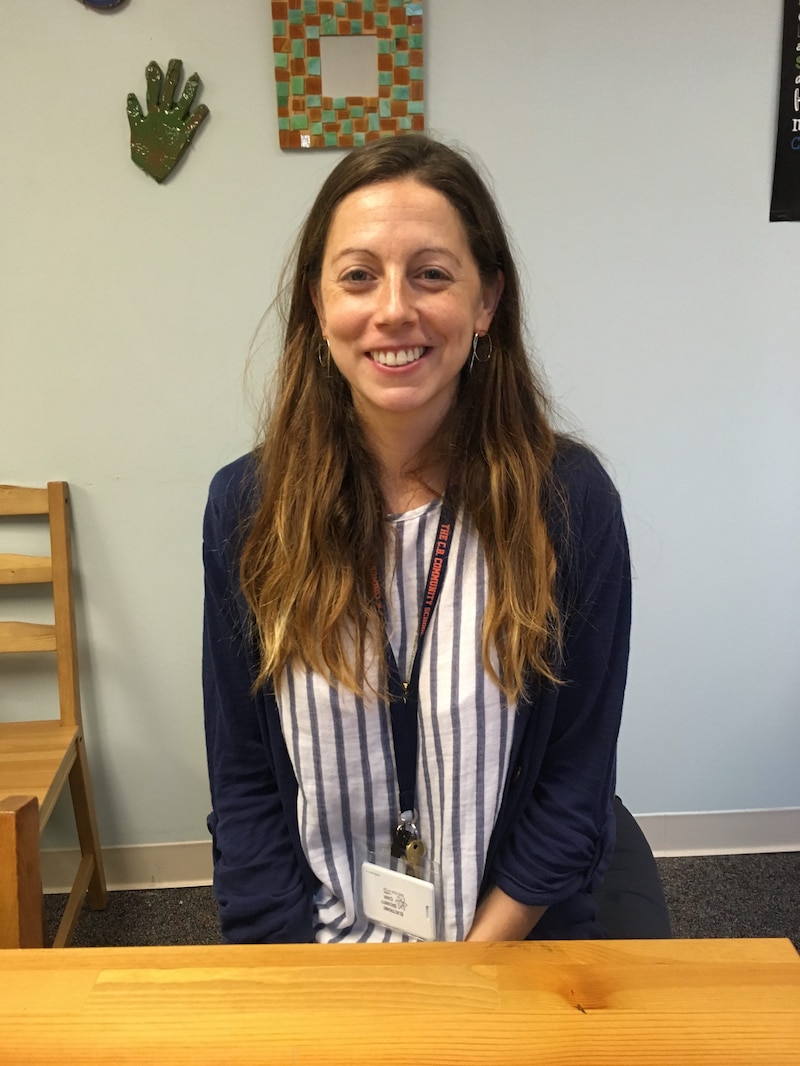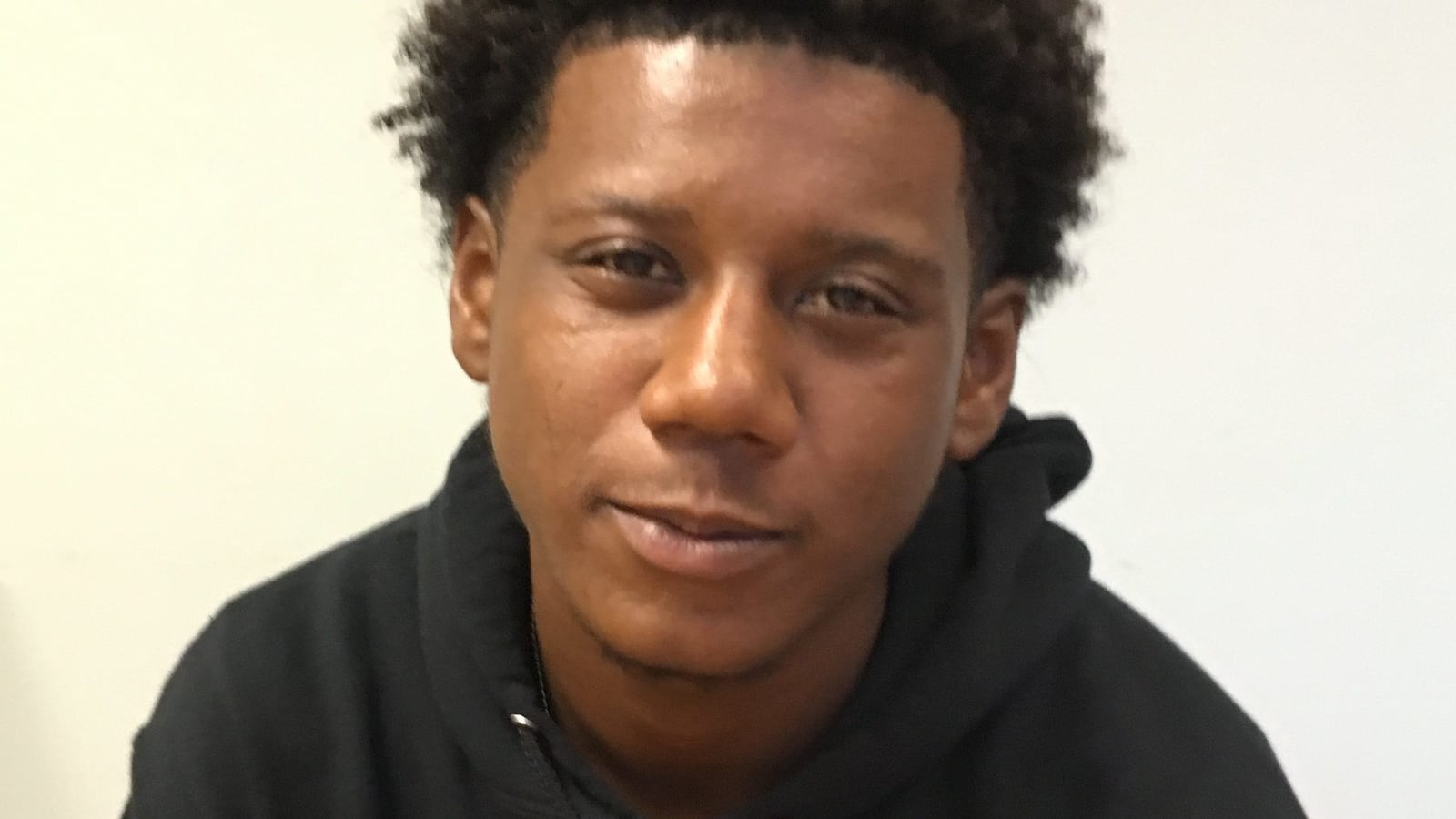This article was originally published in The Notebook. In August 2020, The Notebook became Chalkbeat Philadelphia.
He doesn’t know why it happened or who did it, but Semaj Brazzle remembers the exact date: June 12, 2018.
That was the day when a friend of his, a high school basketball star who had a scholarship to college, was shot to death in North Philadelphia as he sat in his car.
For Brazzle, a 17-year-old junior at CB Community School in Roxborough, it was a variation on an unfortunately common story. He estimates that in the last year or so, 20 friends of his have been shot.
“Some survived and some didn’t,” he says in a calm, matter-of-fact voice. “It’s getting out of hand.”
Moments later, Brazzle leaves the school conference room to join fellow students in a group designed to help them process the pain and, hopefully, allow him to thrive in and out of school.
Similar groups are offered in more than 100 schools around the city by the Uplift Center for Grieving Children, a nonprofit agency that seeks to combine peer and adult support to reduce the isolation and loneliness that children often feel about the loss of a loved one.
Read: ‘Almost every kid has been exposed.’ Schools that seek out grief counseling
Although the groups include children whose caregivers or friends have died from natural causes, Meghan Szafran, the center’s director of community-based planning, says that an increasing percentage of the children they serve – now about half – are grieving the loss of someone through homicide.

Meghan Szafran is the director of community-based planning at the Uplift Center for Grieving Children. (Photo courtesy of the Center)
This year, for the first time, the center is offering groups dealing strictly with the effects of homicide.
“It’s lonely being a kid who’s grieving,” Szafran says. “It might be the first time they’ve said it out loud, acknowledging that this person is dead.
“The group gives them a place to dump all those feelings and thoughts [that] might really upset people at home.”
Although the agency started in 1995, only since 2013 has it moved into the schools.
Less than four years ago, Szafran recalls, “We were begging schools to let us in. Now the line is increasing.” The organization is adding schools as fast as it can.
The center also offers grief groups for both children and parents at four sites throughout the city. Participants must register to participate.
Szafran and clinical director Kevin Carter say that taking the workshops to the schools offers two advantages.
One, of course, is avoiding transportation issues.
But more important is the fact that the schools offer adult support as well as peer support and in some cases might be the best place to deal with trauma issues.
Understanding toxic stress
“The word is spreading about toxic stress and trauma,” says Michele Messer, a psychologist at Ludlow and Moffet Elementary Schools. “It’s been very empowering for people to see that schools can be the catalyst for change for the individual child and for the community as a whole.”
The center’s eight-week workshops usually have four to 10 students and are regularly attended by a counselor from the school as well as the center’s facilitators.

Sara Schwartz is CB Community School’s director of social services. (Paul Jablow)
“Kids aren’t really available for learning if they’re going through traumatic experiences,” says Julia Cuccaro-Green, crisis intervention coordinator for the center.
She says that there is less reluctance now from school principals and administrators to give up academic time to deal directly with trauma and its effects.
The groups are based on discussions of loss and grief, but they also include activities geared to these issues.
The students are encouraged to bring mementos of the person they lost to put in “memory boxes.” Smaller children get illustrated journals and older children blank journals.
“We talk about making meaning out of their death, doing things that honor them,” Szafran says. “We have them do a portrait of them. It’s sometimes easier for kids to draw rather than just talking.
“We encourage them to develop rituals to commemorate the person, maybe going to the cemetery.”
And if a student wants to just be silent and listen, that’s OK, too. “Sometimes they say nothing for eight weeks,” Szafran says. “And if they want to re-enroll in another group later on, they can.
“You’re going to grieve your whole life for the person, but that doesn’t mean you have to be incapacitated.”
‘A new level of caring’
Facilitators also stress physical activity during the sessions, making it easier for students to release feelings.
Rachel Kemp, whose fiancé was shot to death in 2012 while sitting in his car, said that her son, Rahmeir Kern-Aspy, who was 8 at the time and attending Kearny Elementary School, “became defiant and withdrawn after the incident … not listening to teachers. If a kid would say something, that would be the trigger.”
But since attending a grief group, she said, “He’s gotten better at dealing with it.”
She said her son “really liked the memory boxes” and put in a picture of tools because her fiancé had been a car mechanic.
Read: The Center for Grieving Children’s eight-week curriculum
Facilitators say that children who lost a friend or relative to violence are, in general, more likely to act out and be involved in physical altercations in school than if the loss were due to natural causes.
“I see a new level of caring, the ability to be empathetic from the kids who have gone through the grief groups, a tolerance, a love, a care for others,” said Sara Schwartz, director of social services at CB Community.
‘”Everybody grieves in a different way,” says Trinity Griffin, 17, a CB Community School junior who joined a grief group after losing two grandmothers to natural causes. “Some show emotion. Some don’t.
“You can say what you want, and no one takes offense. Everybody’s been through the same thing.”
Semaj Brazzle says he has found it easier at first to talk about the loss of a cousin from natural causes but that soon, “I’ll be able to talk about gun violence.”
“I’ve got my friends there,” he says of the group. “They know what I’m going through. It’s about understanding.”
And he feels that the people he lost somehow know how he is trying to cope with his grief.
“It’ll make them proud,” he says, “the people who passed away.”

